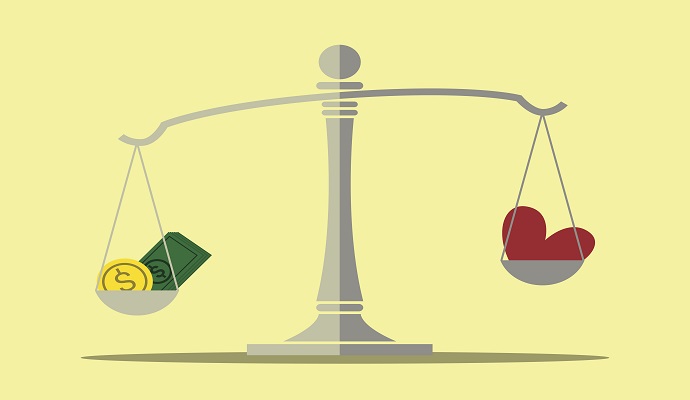Mass Hospitals Offered Low Charity Care Despite High 340B Revenue
Hospitals are supposed to direct 340B revenue and savings toward healthcare services for low-income and uninsured patients, but Massachusetts health systems saw low levels of charity care in 2020.

Source: Getty Images
- Hospitals have seen stark increases in revenue generated from the 340B drug pricing program, but Massachusetts hospitals had low levels of charity care, indicating that the health systems are pocketing the savings instead of directing them toward resources and care for low-income and uninsured patients, a report from Pioneer Institute found.
Under the 340B drug pricing program, healthcare organizations that treat a certain percentage of Medicaid patients receive outpatient prescription drugs at reduced prices from participating drug companies. Hospitals are expected to use the savings they gain through the program to provide comprehensive services to vulnerable populations. This allows providers to improve patient health without using additional taxpayer dollars.
When the Affordable Care Act helped expand Medicaid, more hospitals became eligible for the program, and participation grew significantly. By 2019, more than 2,500 hospitals participated in the program, with drug purchases totaling $30 billion.
According to Health Resources and Services Administration (HRSA) data cited by the Pioneer Institute, the program had an average growth rate of 27 percent between 2014 and 2020. 340B drug purchases increased from $9 billion in 2014 to $38 billion in 2020. The non-discounted value of the drugs in the program was $80 billion in 2020.
A handful of hospitals have also started to buy drugs at a discounted price through the 340B program and resell them to government and commercial payers at higher prices to earn more significant profits, according to Pioneer Institute.
“The 340B program has, unfortunately, been transformed into a lucrative revenue stream for hospitals and pharmacies who can arbitrage drug discounts. With the exception of a small number of dedicated hospitals and clinics, the original goals of the program have largely been lost,” Bill Smith, PhD, director of the life sciences initiative for Pioneer Institute and co-author of the study, said in a press release.
Given this increase in revenue generated through the program, researchers looked at hospitals in Massachusetts to analyze whether health systems were directing these savings toward healthcare for low-income populations.
They analyzed data from seven hospitals across the state and found that charity care has been declining since 2013, despite increasing savings from the 340B program.
For example, Massachusetts General Hospital—the largest hospital in the state—saw a decrease in spending on charity care, going from 3.8 percent of patient revenues in 2013 to 1 percent of patient revenues in 2020.
UMass Memorial, Baystate Medical Center, Berkshire Medical Center, and Southcoast hospitals also saw declines of 50 percent or more in charity care. Researchers said these declines may be attributed to the Affordable Care Act and Medicaid expansion as uninsurance rates decreased, indicating a lesser need for charity care.
However, a declining need for charity care should have corresponded with a decline in the 340B program. Instead, the program grew significantly.
In addition to the five regional hospitals, the report looked at two hospitals known for high charity care rates—Cambridge Health Alliance and Boston Medical Center.
These health systems had less significant declines, seemingly unrelated to Medicaid expansion. Cambridge Health Alliance’s charity care peaked in 2014 at 15.4 percent of patient revenue. The percentage decreased to 6 percent in 2017 and 2018 but rose to 10.6 percent of patient revenue in 2019 and fell to 6 percent once again in 2020.
Boston Medical Center’s charity care increased from 10.8 percent of patient revenue in 2013 to 14 percent in 2016. However, the percentage declined to 7.4 percent in 2020.
“While hospitals are not required to report revenues deriving from the sale of 340B drugs, it seems very likely that 340B sales to the five Massachusetts hospitals were growing,” the report stated. “We can make this supposition based upon the number of contract pharmacy relationships that developed in roughly the years when charity care was declining.”
The five regional hospitals have experienced significant growth in contract pharmacy relationships in the past decade, with the health systems working with 66 to 196 contract pharmacies in 2022.
Although states cannot change how the 340B program is administered, the report offered recommendations on how states can bring greater transparency to the program and offset immoral practices.
For example, states could set a standard definition of charity care—something the federal government has yet to do—focusing on the cost of care provided to uninsured or low-income individuals.
Additionally, states could require hospitals to report their 340B revenue each year to help identify trends and inform state and federal policy.
